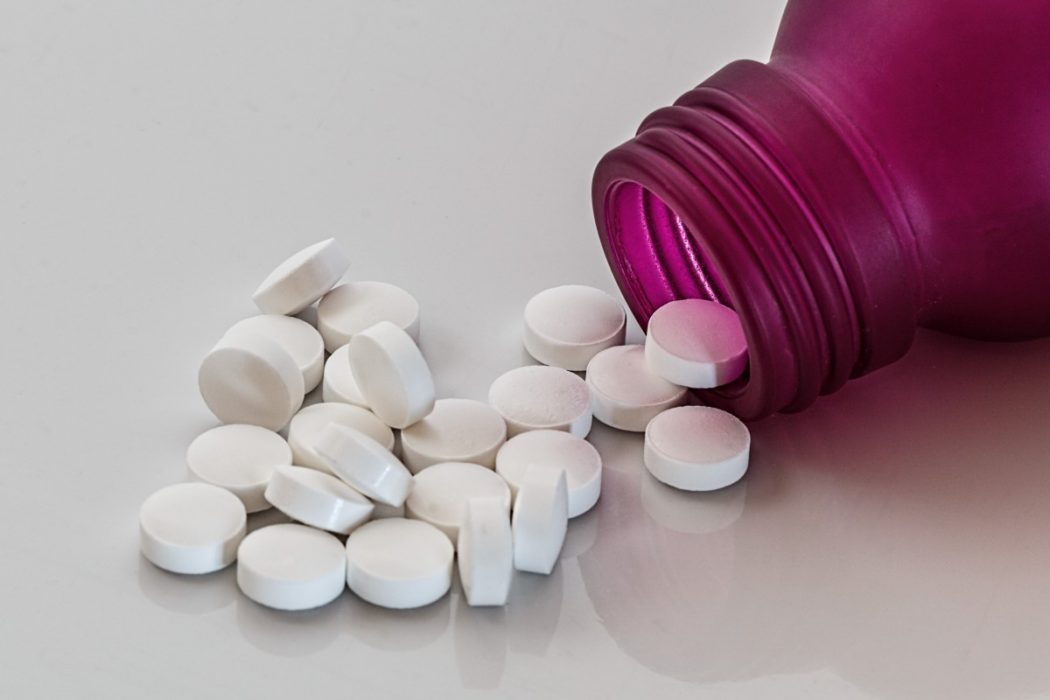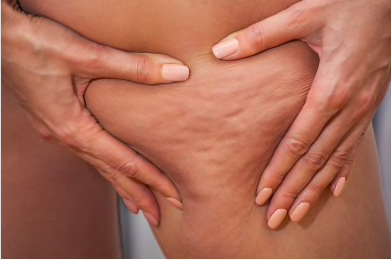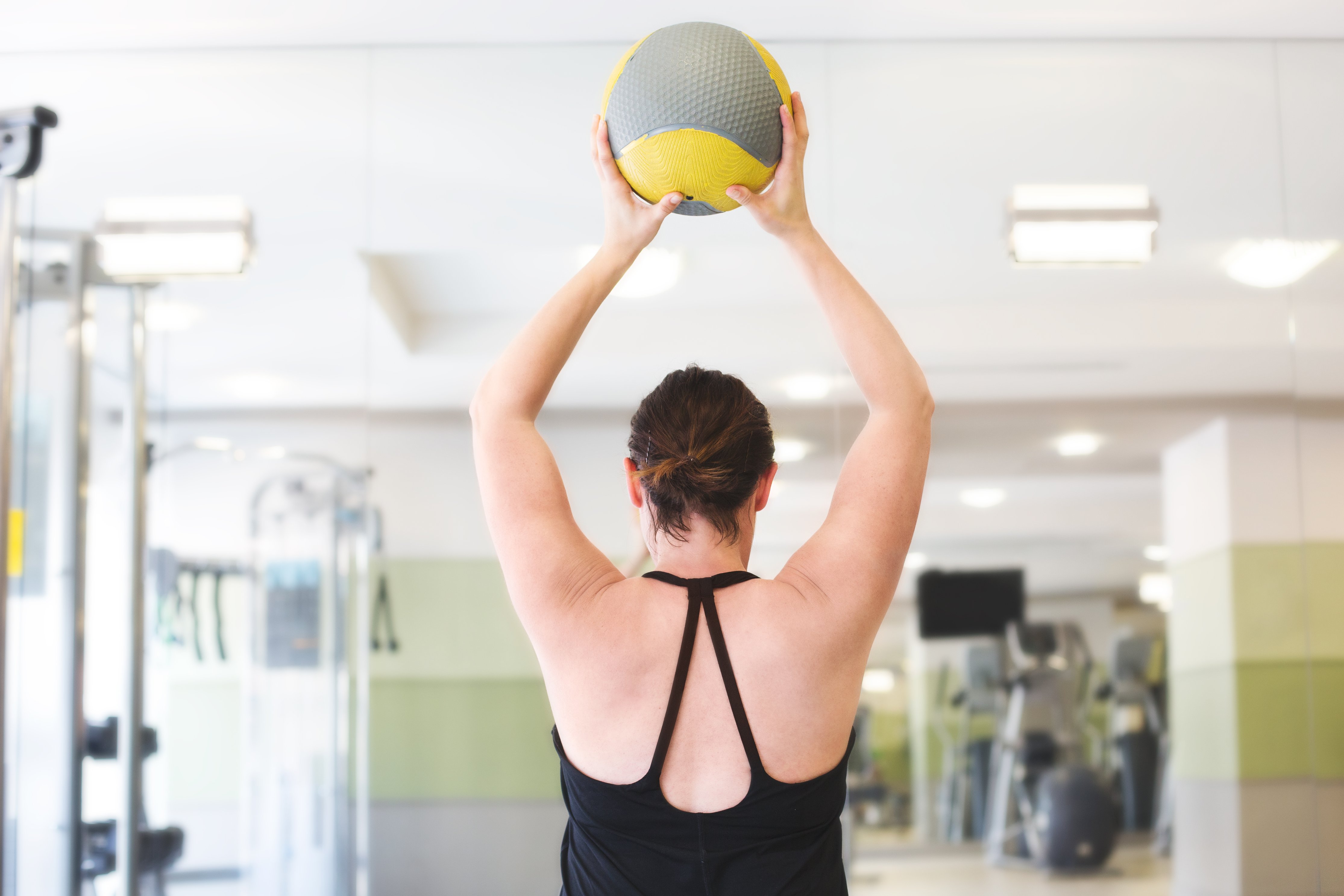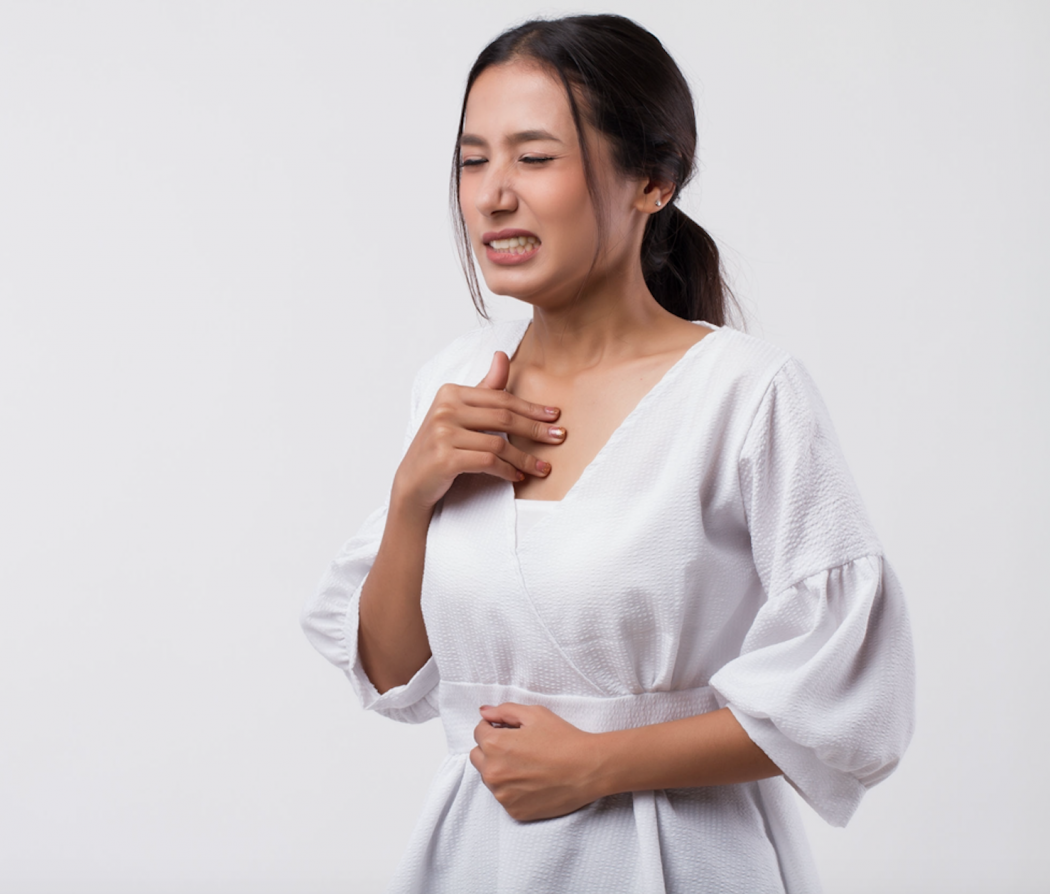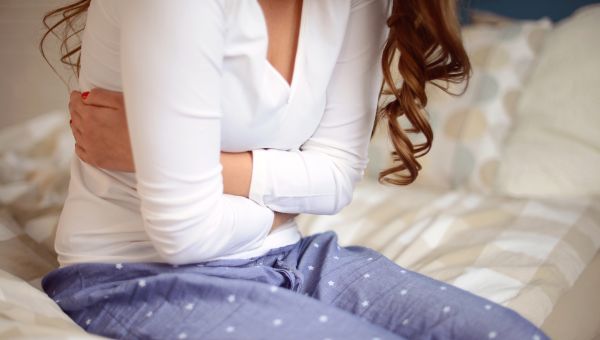Dear Dr Benson,
What are the symptoms of low B-group vitamins?
Do the symptoms and health risks differ between different B-group vitamins?
The B-group vitamins are water soluble vitamins once thought to be a single vitamin.
Later it was discovered that they are in fact 8 distinctly different chemical compounds that just happen to often coexist in the same foods.
As a general rule the B-group vitamins play a role in metabolism, cellular growth, and maintaining healthy skin and neurological function.
As a general rule the B-group vitamins play a role in metabolism, cellular growth, and maintaining healthy skin and neurological function.
As the B-group vitamins are water soluble and essentially unable to be stored, they generally need to be replenished daily, with any excess excreted in the urine.
Deficiencies in people living in the developed world with sufficient access to and intake of a well balanced diet is thus rare, and the use of dietary supplementswith large amounts of B-group vitamins simply results in money literally going down the toilet!
There are 4 specific B-group vitamin deficiency states that are well recognised however…
Vitamin B1 (Thiamine) deficiency, known as Beriberi, is still occasionally seen in our society amongst those with poor diets often associated with chronic alcoholism.
It is a life threatening disease with the potential to cause heart and neurological problems.
Vitamin B3 (Niacin) deficiency, known as Pelagra, is now rarely seen in developed countries, except in those with very poor diets or people with various psychiatric conditions who refuse to eat. The classical symptoms are known as “the four D’s”: diarrhoea, dermatitis, dementia, and death.
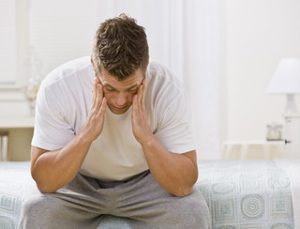
Vitamin B12 (technically a family of chemically-related compounds) deficiency is sometimes seen in vegans not taking supplements, as the active form of this vitamin in humans can only be sourced from animal products.
It can also be seen among elderly people as absorption through the gut declines with age, and in those with the condition known as Pernicious anaemia.
Vitamin B12is important for the normal functioning of the brain and nervous system, and for the formation of blood.
As a result, deficiency can lead to serious conditions such as anaemia, weakness, nerve damage and cognitive impairment.

Deficiency most commonly results in reduced formation of red blood cells leading to anaemia, and has been implicated in the development of neural tube defects in developing babies; therefore, pregnant women are advised to take supplements prior to conception, and throughout the first trimester.
Lastly, Vitamin B9 (Folate) is also necessary for the production and maintenance of new cells, and is especially important during periods of rapid cell division and growth such as infancy and pregnancy.
Deficiency most commonly results in reduced formation of red blood cells leading to anaemia, and has been implicated in the development of neural tube defects in developing babies; therefore, pregnant women are advised to take supplements prior to conception, and throughout the first trimester.
Deficiency is still occasionally seen in those with poor diets, often in chronic alcoholics, despite the widespread fortification of flour with Folate.



